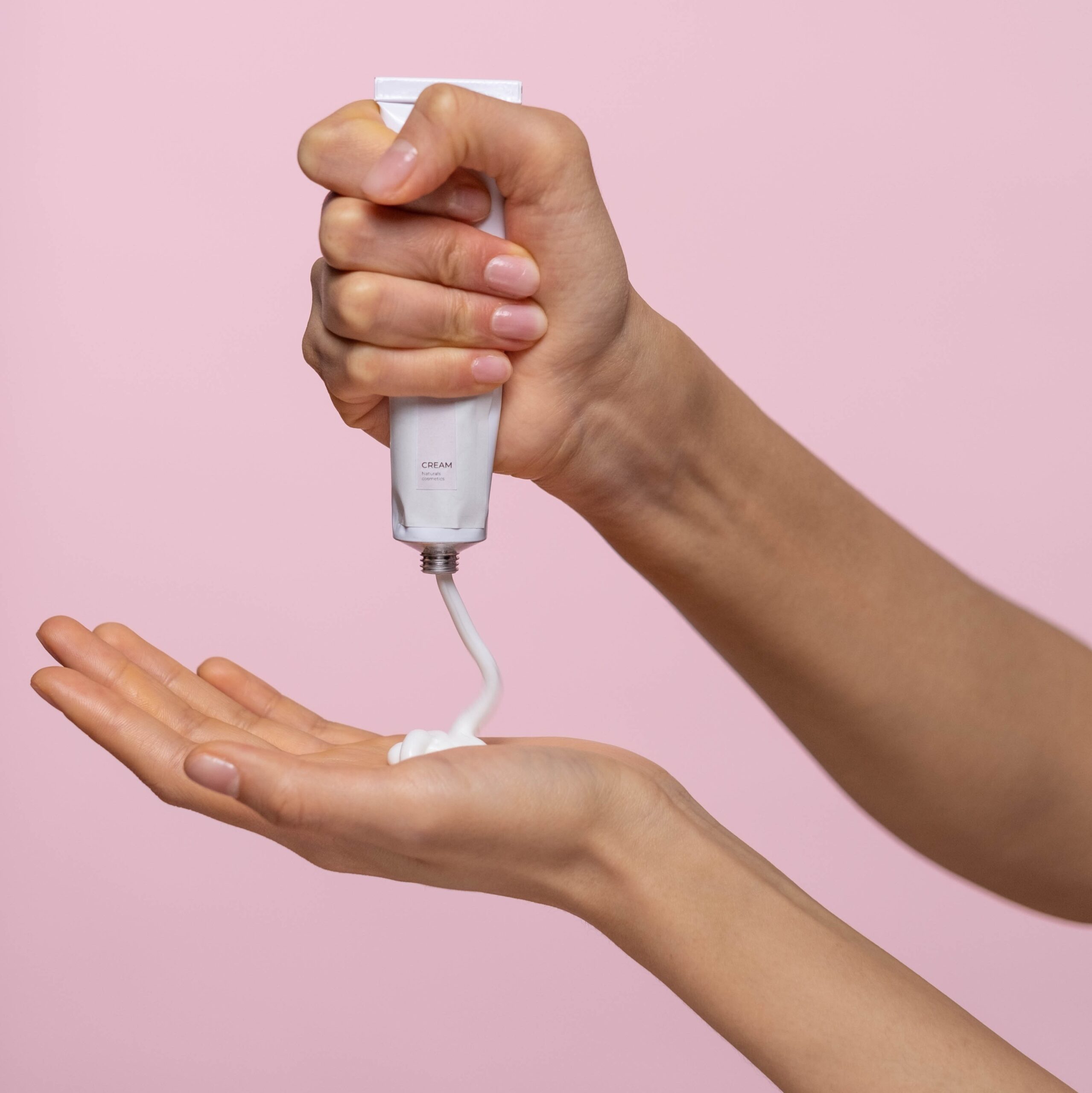Hydroquinone: Gold standard no more?
Skin lightening and the associated active ingredients, have long been a contentious topic of discussion. The cosmetic process of skin lightening has caused an outcry from advocates that rightfully oppose colorism. However, the whitening compounds have also brought relief to individuals that have had to suffer with medical skin conditions such as melasma, which is typically characterized as dark brown symmetrical patches with irregular borders traditionally on the cheeks and face, or post inflammatory hyperpigmentation, which are dark spots or patches caused by overproduction of melanin after an injury or irritation. Beyond ethical considerations associated with whitening treatments, the active ingredients themselves, particularly hydroquinone, have more recently come under intense scrutiny regarding overall safety.
What is hydroquinone and what was it used for?
Hydroquinone (1,4 dihydroxybenzene) is a hydroxyphenolic chemical that was commonly used as a topical skin lightening agent. Typically used at a concentration of 2% over the counter (OTC) or 4% prescription, it was known as the “gold standard” for treating patients with a variety of skin conditions such as post inflammatory hyperpigmentation, and melasma. However, this all changed after hydroquinone was stripped of its generally regarded as safe and effective (GRASE) ranking in 2020 following the CARES act.
How does hydroquinone work at lightening the skin?
Melanin is the brow-black pigment (Eumelanin) that is produced by melanocytes in the epidermis after exposure to sunlight/ ultraviolet radiation (UVR). While it has been believed that hydroquinone achieves skin lightening by destroying melanocytes, the actual mechanism of hydroquinone involves inhibiting the synthesis of new melanin production. This is done by inhibiting the conversion of L-3,4-dihydroxyphenylalanine (L-DOPA) into melanin. Hydroquinone will block the enzyme tyrosinase, which is responsible for the first step in the melanin production pathway. Because of this mechanism, hydroquinone is only effective short-term and will not cause permanent skin lightening.
What are some of the side effects of using hydroquinone?
The most common side effects of regular hydroquinone use are skin irritation, allergic contact dermatitis, inflammation, and stinging of the skin. In rare instances prolonged use can result in ochronosis, which is the formation of dark spots on the face or area where product was applied. Ochronosis is generally seen in cases where a high percentage of hydroquinone was used for a prolonged period and seems to be seen in individuals with a deeper complexion.
Why was hydroquinone banned in the US?
As stated above, hydroquinone was once readily available over the counter (OTC) at 2% or up to 4% with a prescription. In 2020, under the Coronavirus Aid, Relief, and Economic Security (CARES) Act, hydroquinone was stripped of its GRASE ranking due to the side effects discussed above and was no longer allowed to be legally sold OTC. As it stands, there is only one Food and Drug Administration (FDA) approved prescription topical cream (Tri-Luma) that contains hydroquinone. The caveat being the Tri-Luma is only for short term usage for patients with dark spots associated with moderate to severe melasma of the face.
The debate of if hydroquinone is carcinogenic.
As it stands, hydroquinone is not known and/or has not been proven to be carcinogenic to humans when applied topically. However, there have been studies that claim hydroquinone is carcinogenic in rats, although this testing of hydroquinone was through oral administration and at relatively high concentrations. Another study found that topical application of hydroquinone caused thinning of the stratum corneum in rats. This thinning of the skin would allow UV rays and other environmental chemicals to penetrate deeper into the skin, which could then in turn increase an individual’s risk to skin cancers.
What does the future look like for Hydroquinone? Are there any alternatives?
With the FDA no longer considering hydroquinone as GRASE, the future for the product seems to be bleak. Currently hydroquinone is not able to be legally sold OTC in the Unites States, and all OTC skin lightening products require an FDA approved new drug application before they can legally begin marketing in the US. As for alternatives to hydroquinone, antioxidants like vitamin C have been widely used for brightening/evening the skin tone with prolonged use, alpha-hydroxy acids and beta-hydroxy acids such as glycolic and salicylic are used as mild chemical exfoliants that help with removing dead skin cells, and lastly, the use of a retinoid will aid in increasing cell turnover which may enhance the benefits of the other products. And as always, we recommend discussing those alternative options, and any other options with a licensed dermatologist to find the best treatment for your skin needs.
Sources
FDA works to protect consumers from potentially harmful OTC skin lightening products | FDA

